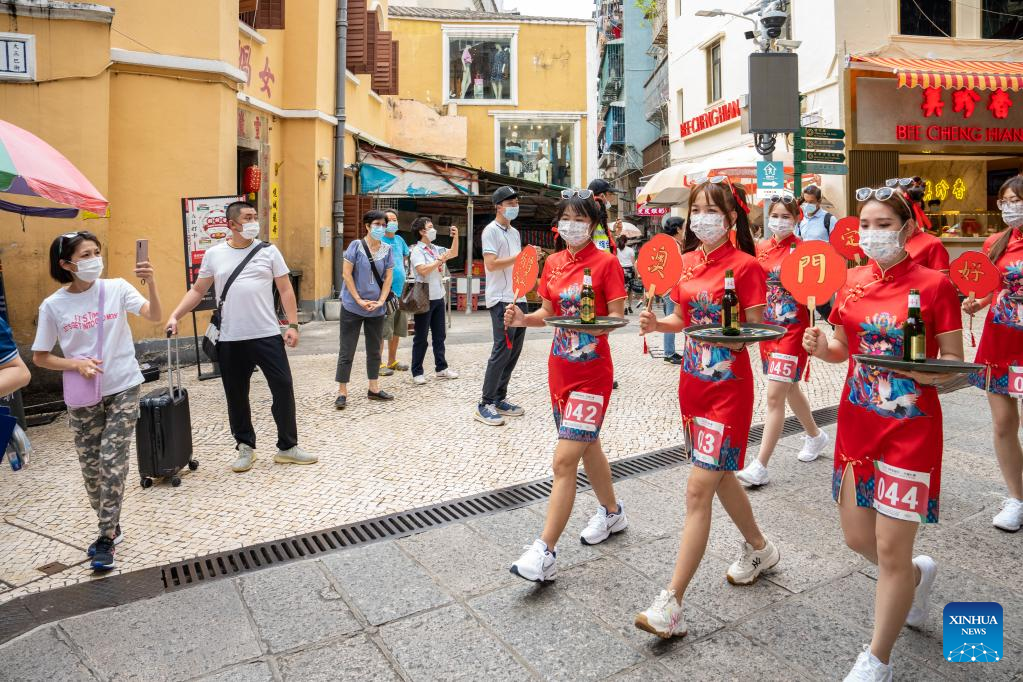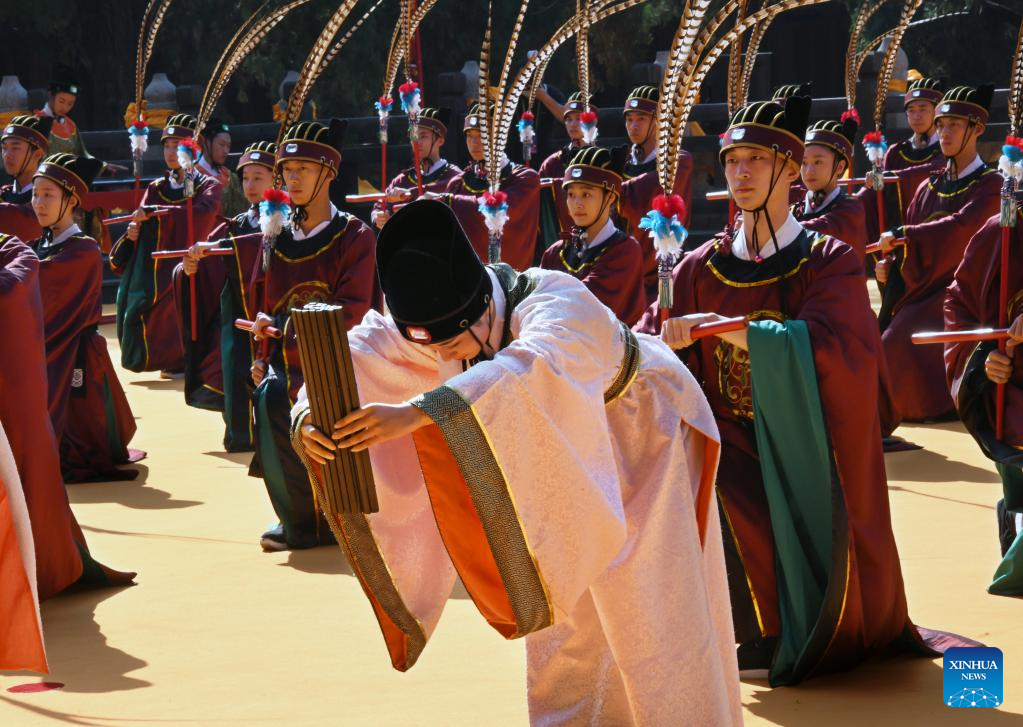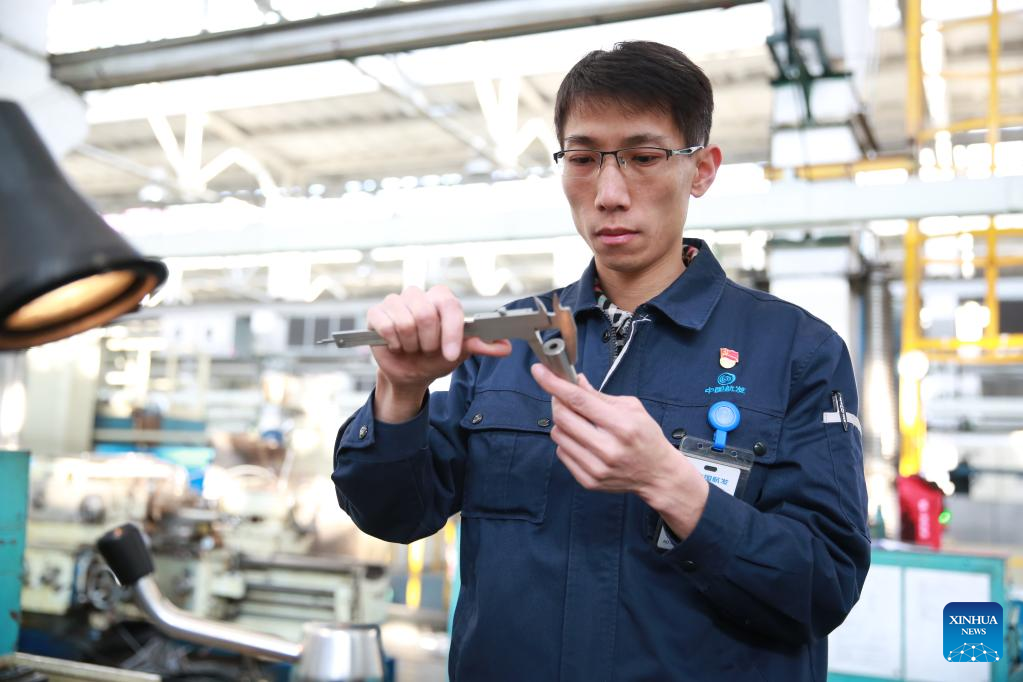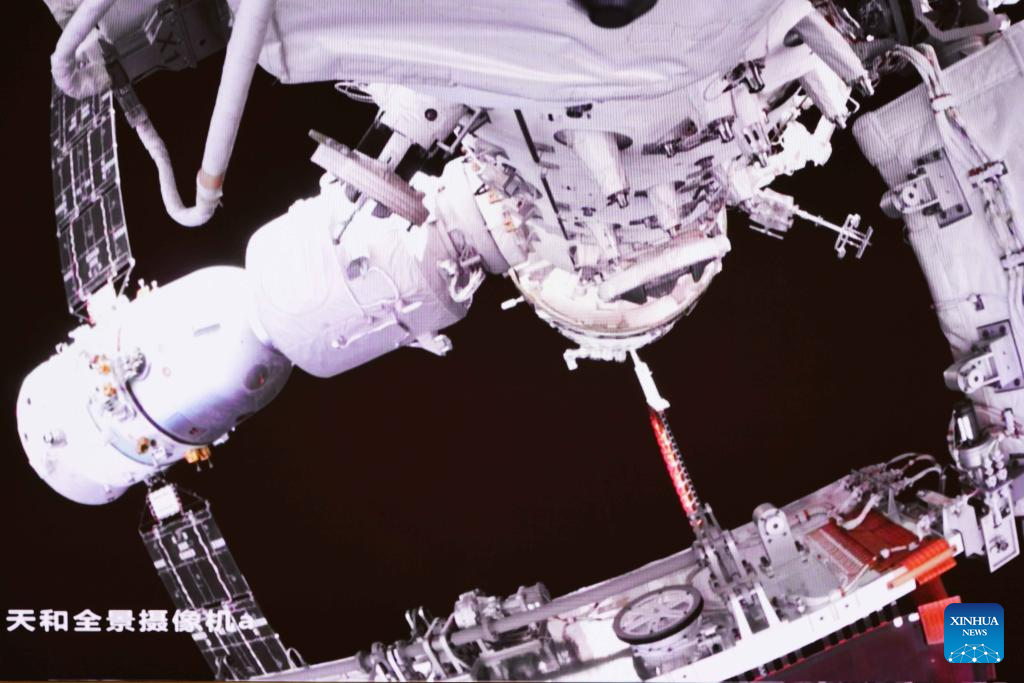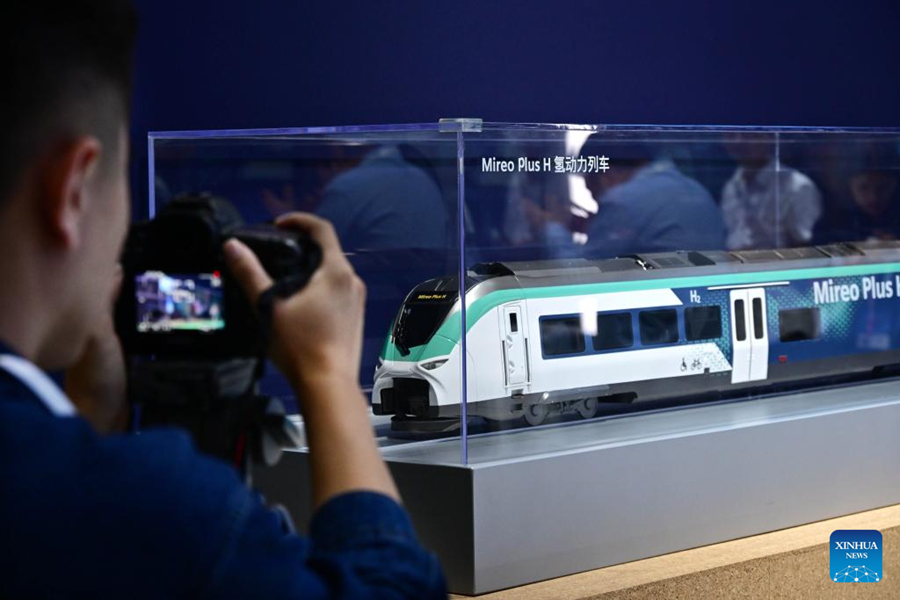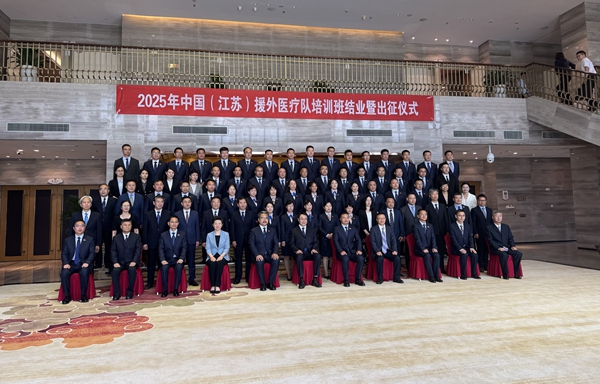Jiangsu has two projects named on the inaugural list of urban regeneration best practices recognized by the Ministry of Housing and Urban-Rural Development.

(CFP Photo)
The Pingjiang Road in Suzhou and the Xiaoxihu Area in Nanjing have been highlighted among 28 exemplary urban renewal projects across the nation. These projects serve as benchmarks to inspire redevelopment, from organization to implementation, policy support and techniques.
The Pingjiang Road project involved an area of 116 hectares in the northeast corner of Suzhou’s old town. The area faced challenges posed by the dilapidated buildings, underdeveloped infrastructure and unappealing appearance. After the makeover, it has transformed into a vibrant destination that both preserves heritage and accommodates modern functions for contemporary life.
This project has maintained the original architectural layout and lifestyle of its residents, following an approach that combined the government guidance, support of state-owned enterprises and investment and operation by private enterprises. For example, the Dongshengli No. 13 site, a state-owned property, was leased to a private enterprise for design, investment and operation. The project also revitalized ancient buildings and old houses, with the city’s Housing and Urban-rural Development Department converting nationally protected sites into a new museum open to the public.
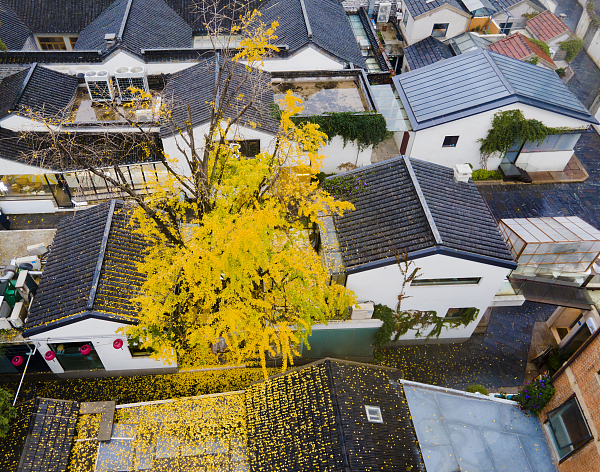
The Xiaoxihu Area, covering 4.69 hectares, is one of the 28 areas with distinctive historical charms in Nanjing. Xiaoxihu features 7 historical streets and alleys, 7 historical buildings, and over 30 traditional courtyards. Launched in 2019 and focused on "preserving memories, improving livelihoods, enhancing vitality, and maintaining heritage," the project took a step-by-step approach along with the engagement of multiple property rights holders.
The renewal began with infrastructure improvements, including comprehensive underground pipeline corridors, to address flooding risk, improve fire safety, and enhance residents’ quality of life. It also benefited from Nanjing’s special policy of allocating 2 billion yuan annually from new city development proceeds for the renewal of residential buildings and heritage sites in Qinhuai District.
The project employed a consultative and participatory approach, such as the "one house, one policy" strategy that encouraged resident’s roles in design and construction, ensuring architectural integrity and functions.

